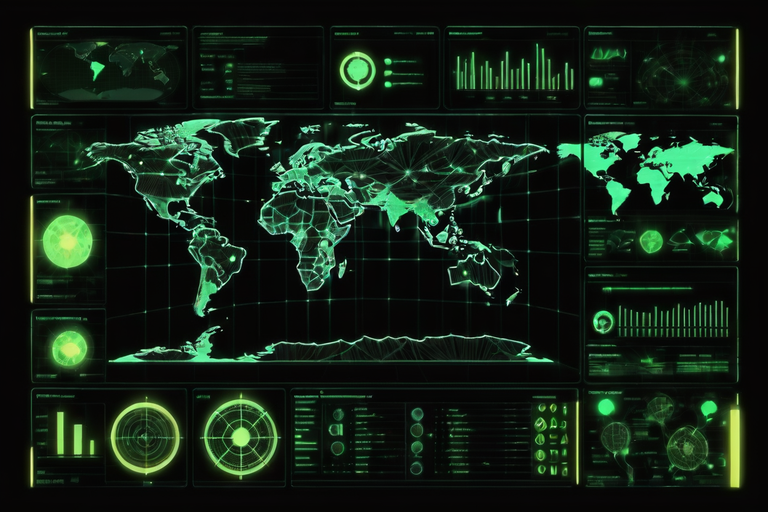EDR VS MDR
EDR (Endpoint Detection and Response) and MDR (Managed Detection and Response) are both cybersecurity solutions, but they serve different purposes and are often used in different contexts.
SECURITY
Iceman
11/30/20232 min read


EDR (Endpoint Detection and Response) and MDR (Managed Detection and Response) are both cybersecurity solutions, but they serve different purposes and are often used in different contexts.
Let's explore the key differences between EDR and MDR:
Scope:
EDR (Endpoint Detection and Response): EDR is primarily focused on monitoring and securing individual endpoints, such as computers, servers, and mobile devices. It provides real-time visibility into endpoint activities and helps detect and respond to threats at the endpoint level.
MDR (Managed Detection and Response): MDR, on the other hand, encompasses a broader scope. It involves not only endpoint monitoring but also monitoring and response across an entire IT environment. MDR typically includes network monitoring, cloud environments, and other parts of the infrastructure beyond individual endpoints.
Responsibility:
EDR: Organizations using EDR are responsible for implementing and managing the EDR solution themselves. They need to configure, monitor, and respond to security incidents at the endpoint level.
MDR: MDR is often delivered as a managed service by third-party providers. MDR providers take on the responsibility of monitoring and responding to security incidents on behalf of the organization. This can offload some of the security operational burden from in-house teams.
Expertise and Resources:
EDR: Implementing and managing EDR solutions require organizations to have in-house expertise in cybersecurity. Organizations need to allocate resources for configuring, maintaining, and responding to incidents detected by the EDR solution.
MDR: MDR services are often chosen by organizations that may lack the internal resources or expertise to manage security operations comprehensively. MDR providers typically offer a team of security experts who actively monitor and respond to threats on behalf of the organization.
Proactive vs. Reactive:
EDR: EDR solutions are more reactive in nature. They provide visibility into endpoint activities and respond to incidents based on predefined rules or alerts triggered by suspicious behavior.
MDR: MDR takes a more proactive approach. Managed service providers actively hunt for threats, analyze patterns across the entire infrastructure, and may even provide threat intelligence to help organizations preemptively defend against emerging threats.
Scalability:
EDR: EDR solutions are scalable at the endpoint level, making them suitable for organizations with a large number of individual devices.
MDR: MDR solutions are scalable across the entire IT environment, making them suitable for organizations with complex and distributed infrastructures.
In some cases, organizations may choose to use both EDR and MDR to ensure comprehensive cybersecurity coverage. EDR can be a component of a broader MDR strategy, providing detailed visibility and response capabilities at the endpoint level within the context of a more extensive managed detection and response framework.
#itsecurity #edr #mdr #edrvsmdr #security #epp #endpointprotection #cybersecurity #protection #securitysolution #singapore #malaysia #worldwide #secureaccess #singapore #malaysia #worldwide


